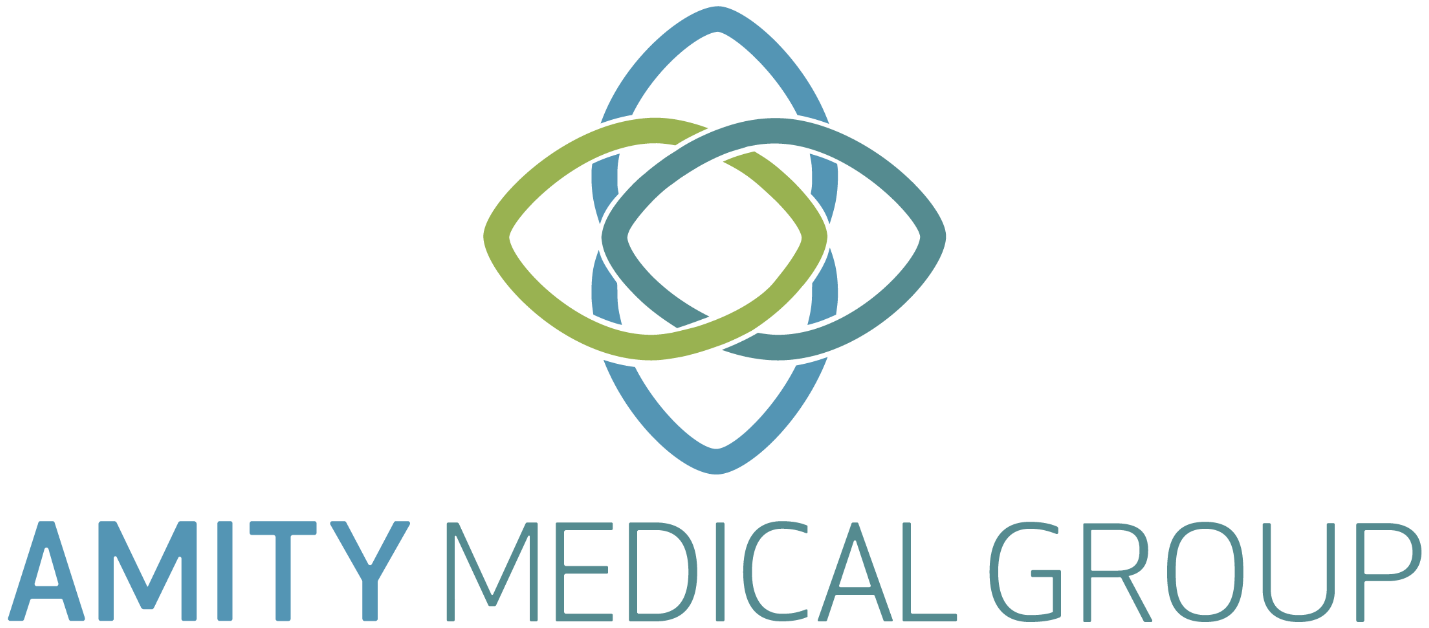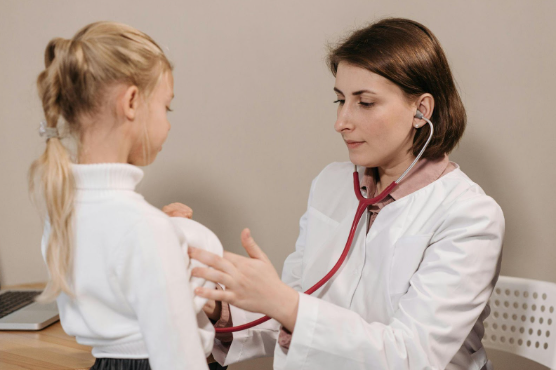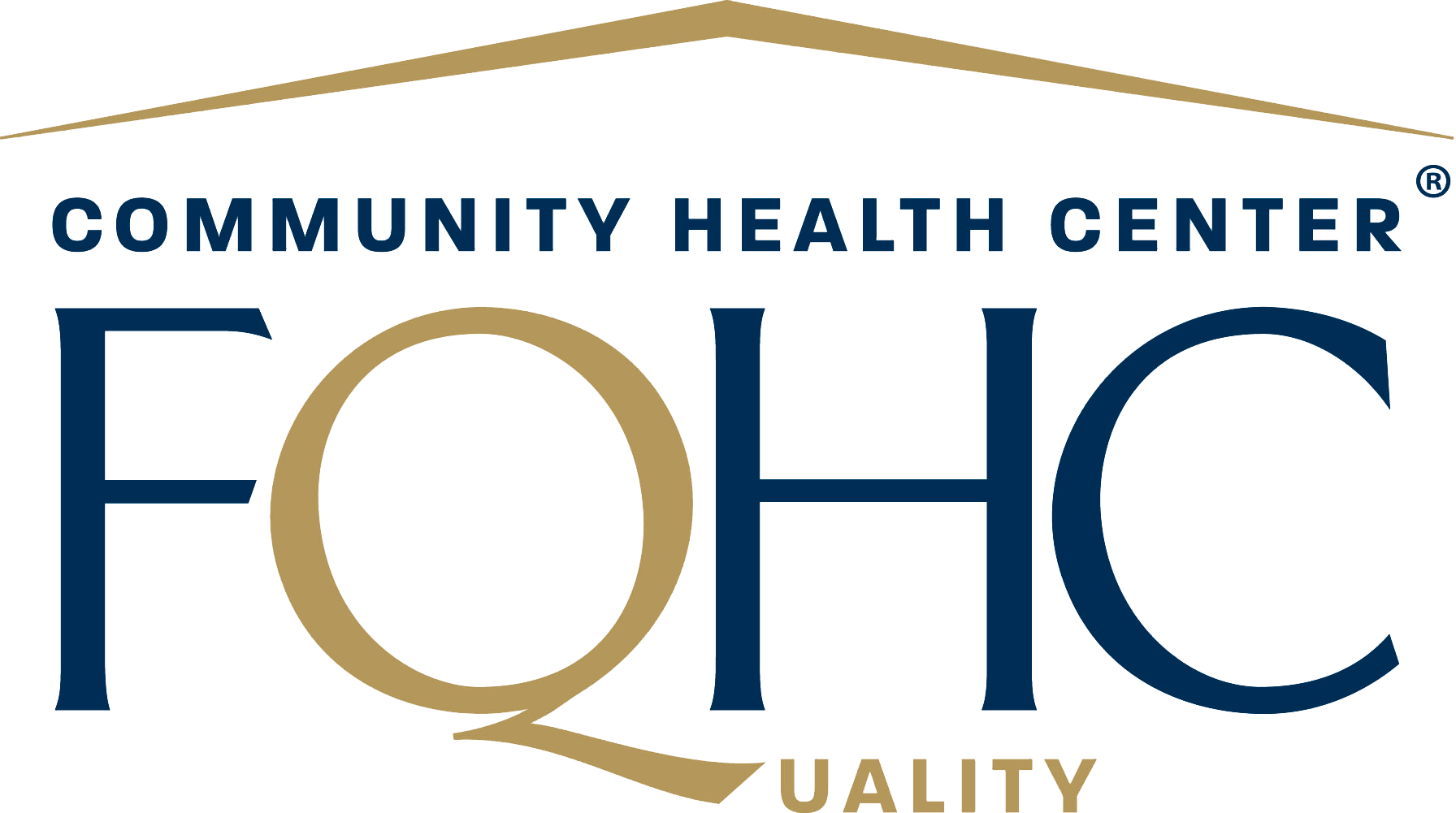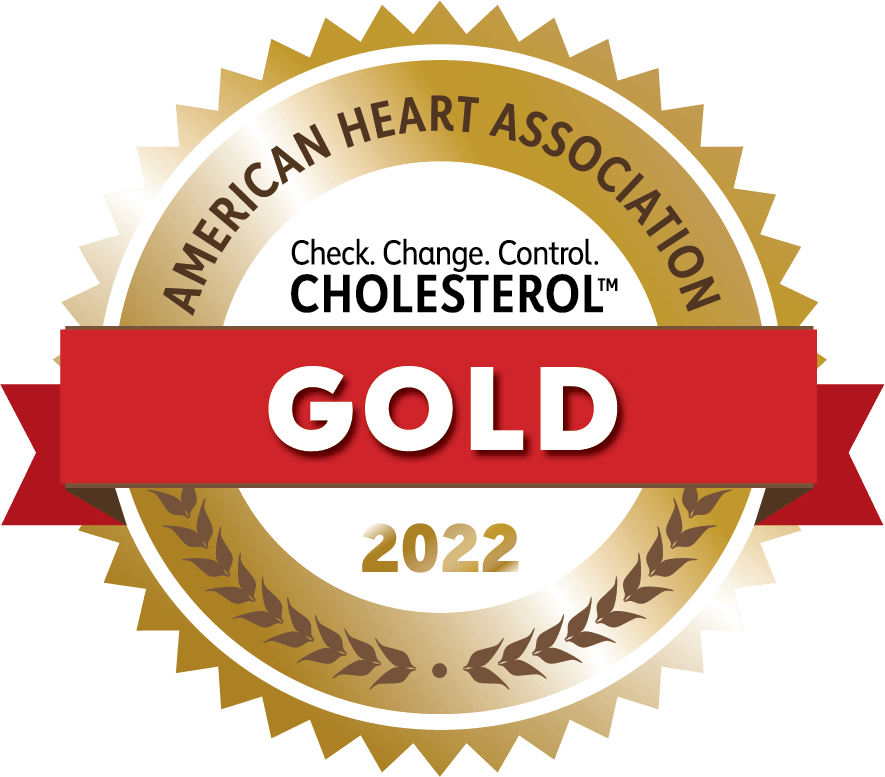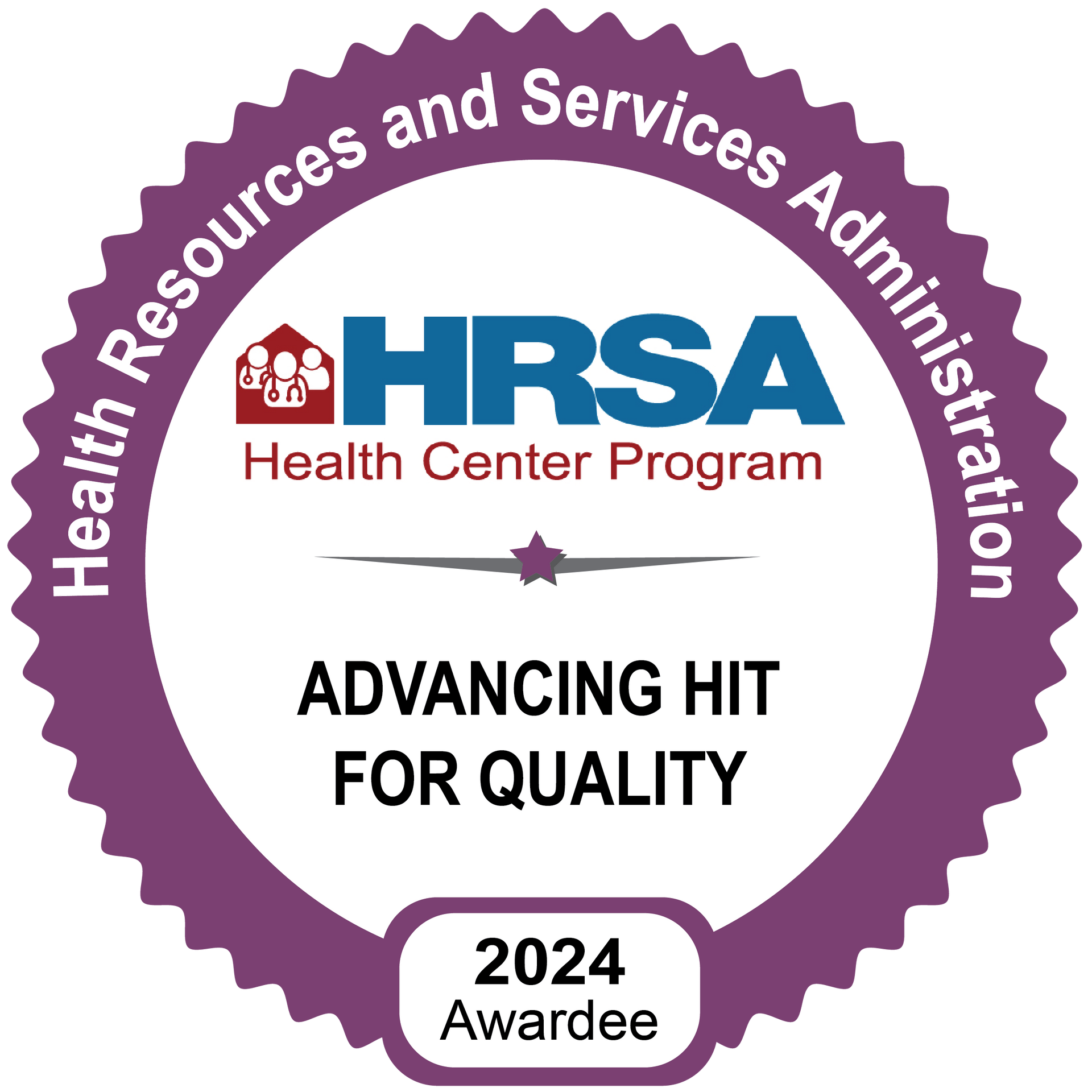For fast assistance and 24/7 communication with our team, please use our patient portal. You may also send a secure text message to 743-800-2015 during regular business hours, Monday - Friday 8:00am - 5:00pm.
Our Monroe Road Location has a New Number! Please Contact Monroe Road at 704-322-4065!
Our Charlotte Park Location has a New Number! Please Contact Charlotte Park at 704-461-0006!
RX Pad Blog
What Is Remote Patient Monitoring?
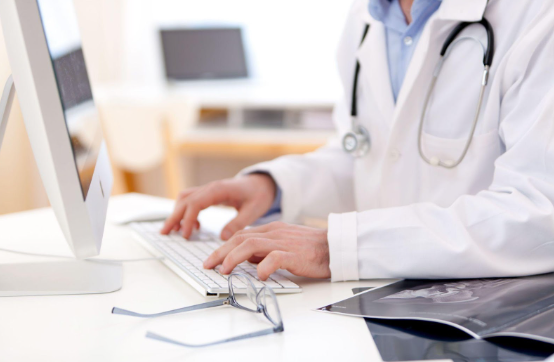
Remote Patient Monitoring (RPM) is a healthcare approach that uses technology to collect and transmit patient health data from their home or other remote locations to healthcare providers. This method empowers doctors and clinicians to monitor patients in real time, ensuring timely interventions while reducing the need for frequent in-person visits. RPM is revolutionizing healthcare delivery, especially for individuals managing chronic conditions or recovering from acute illnesses.
Understanding Remote Patient Monitoring
At its core, Remote Patient Monitoring involves using medical devices and digital technology to track a patient's vital signs, symptoms, or progress. Devices such as blood pressure monitors, glucose meters, heart rate monitors, and wearable sensors collect data. This data is securely transmitted to healthcare providers via cloud-based platforms or mobile applications.
The Benefits of Remote Patient Monitoring
RPM offers numerous advantages for patients, healthcare providers, and the healthcare system as a whole, including the following:
Improved Patient Outcomes
By providing continuous monitoring, RPM allows for the early detection of potential health issues. Providers can intervene before problems escalate, reducing hospital admissions and improving overall health outcomes.
Enhanced Convenience for Patients
RPM eliminates the need for frequent clinic visits, saving patients time and reducing the stress of travel. This is especially beneficial for elderly patients or those in rural areas with limited access to healthcare facilities.
Cost Efficiency
By preventing complications and reducing hospital readmissions, RPM can lower healthcare costs for both patients and providers. It also optimizes resource allocation within healthcare systems.
Personalized Care
RPM enables healthcare providers to tailor treatments to individual patients based on real-time data. Personalized care plans enhance patient satisfaction and adherence to treatments.
Applications of Remote Patient Monitoring
RPM is particularly effective in managing chronic diseases, post-operative care, and other conditions requiring regular monitoring, such as:
Chronic Disease Management
Patients with conditions like diabetes, hypertension, and heart disease benefit significantly from RPM. Devices monitor vital signs and alert providers to any abnormalities.
Post-Surgical Recovery
RPM helps track recovery progress after surgeries, reducing the risk of complications and minimizing unnecessary follow-up visits.
Maternal and Prenatal Care
Pregnant women can use RPM devices to monitor blood pressure, glucose levels, and fetal heart rates for a safe pregnancy journey.
Geriatric Care
For elderly individuals, RPM offers a way to monitor health without the need for frequent hospital trips, improving their quality of life.
Mental Health Monitoring
Wearable devices and apps can track sleep patterns, heart rate variability, and activity levels, providing insights into a patient’s mental health status.
How Remote Patient Monitoring Works
RPM operates through a series of steps designed to ensure patients receive timely and efficient care from the comfort of their homes. Here’s how each step functions as a crucial part of the process:
Device Selection and Setup
The first step in RPM is selecting and setting up the appropriate medical devices for the patient. These devices are chosen based on the specific health condition being monitored, such as glucose meters for diabetes, blood pressure monitors for hypertension, or heart rate trackers for cardiac conditions.
Once selected, these devices are configured to meet the patient’s needs and integrated into a monitoring platform. Patients are provided with clear instructions or training, often including video guides or in-person demonstrations, to make sure they can use the devices with ease and confidence.
Continuous or Periodic Data Collection
After setup, the devices begin collecting health data either continuously or at regular intervals. For example, a wearable heart rate monitor might track data 24/7, providing a comprehensive view of the patient’s cardiovascular health. Alternatively, devices like a blood pressure cuff may require patients to manually take readings at specific times during the day. In some cases, RPM systems also allow patients to log additional information, such as pain levels or sleep quality, into a mobile app, creating a holistic picture of their health status.
Secure Data Transmission
Once collected, the data is transmitted from the devices to healthcare providers through secure channels. Robust encryption protocols ensure that sensitive health data is protected during transmission, maintaining compliance with privacy regulations such as HIPAA. In urgent situations, abnormal readings can trigger immediate alerts to the patient and the provider, enabling swift action.
Data Storage and Review
All transmitted data is stored on secure servers and made available to healthcare providers for review. Providers access this information through centralized dashboards that display health metrics in user-friendly formats, such as charts or graphs. Advanced systems may also incorporate artificial intelligence (AI) to analyze data trends and detect potential risks. For instance, an RPM system might flag an upward trend in a patient’s blood pressure, signaling the need for intervention before a crisis occurs. This step lets providers have a clear and comprehensive understanding of the patient’s health.
Provider Review and Analysis
Healthcare providers routinely examine the data to assess the patient’s condition and determine any necessary actions. They look for trends, anomalies, or deviations from normal ranges that may require attention. For example, a sudden drop in oxygen saturation levels might prompt an immediate response to prevent complications. Providers can also customize the monitoring thresholds for each patient so the system generates relevant alerts tailored to the individual’s health status. This step allows providers to make informed, timely decisions about the patient’s care.
Patient Interaction and Intervention
Based on the insights gained from the data, healthcare providers communicate with patients to offer guidance, interventions, or adjustments to treatment plans. These interactions often occur through virtual consultations, where providers discuss the data and its implications with the patient. For instance, a provider might recommend a medication adjustment after observing a trend in heart rate data.
At
Amity Medical Group, Inc., our experts are dedicated to helping you manage your health effectively with personalized Remote Patient Monitoring solutions.
Contact us today and take a step closer to higher health.
Read More From Amity Medical Group


Phone: (704) 322-4065
Fax: (704) 248-8068
Phone:
(704) 874-0200
Fax: (833) 651-2549
Phone: (704) 208-4134
Fax: (704) 248-8068
Phone: (704) 461-0006
Fax: (704) 248-7845
Phone: (704) 503-6336
Fax: (833) 992-2040
Phone: (704) 372-9393
Fax: (833) 992-0812
Awarded 2023 Gold Seal of Transparency with Candid.
Faces of Humanity
Sands of Time
Beyond Boundaries
Click on the badge to learn more!
ButtonClick on the badge to learn more!
ButtonAll Rights Reserved | Amity Medical Group
